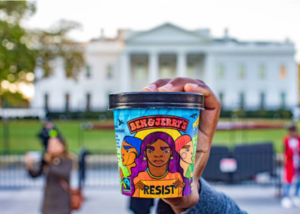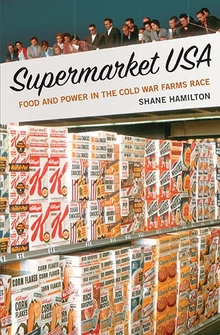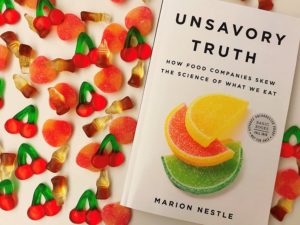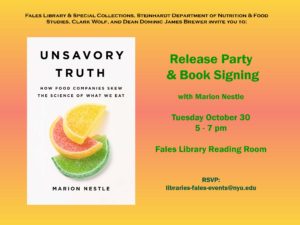Trump’s “public charge” proposal: just say no
The Trump Administration’s “public charge” proposal is now open for public comment.
This ungenerous and unwelcoming idea is to use participation in benefits for the poor—food assistance programs among them—as a way to deny residency or citizenship to those coming to live or work here.
The U.S. Department of Homeland Security (DHS)…proposes to require all aliens seeking an extension of stay or change of status to demonstrate that they have not received, are not currently receiving, nor are likely to receive, public benefits as defined in the proposed rule.
Why is DHS doing this? Ostensibly, because it
seeks to better ensure that applicants for admission to the United States and applicants for adjustment of status to lawful permanent resident who are subject to the public charge ground of inadmissibility are self-sufficient, i.e., do not depend on public resources to meet their needs, but rather rely on their own capabilities and the resources of their family, sponsor, and private organizations.
What programs constitute a public charge?
- Any grant, contract, loan, professional license, or commercial license provided by an agency of the United States or by appropriated funds of the United States; and
- Any retirement, welfare, health, disability, public or assisted housing, postsecondary education, food assistance, unemployment benefit, or any other similar benefit for which payments or assistance are provided to an individual, household, or family eligibility unit by an agency of the United States or by appropriated funds of the United States.
Brilliant move. It kills two birds with one stone: it discourages immigration, and saves money (those tax cuts for the wealthy make this necessary).
As Jan Poppendieck explains, this proposal revises the promise of the Statue of Liberty to read “don’t give me your tired and your poor.”
The proposal is open for public comment until December 10.
I hope it gets lots.





